I’ve often struggled with the digital age, the chase for visual perfection. Always feeling behind the curve. Hounded constantly by camera brand marketing, ‘to be a great photographer you really need 12 megapixels… no I mean 24, 36 mmm no 100 no 200 megapixels, ‘to be a great videographer you need 2k, 4K I mean 8K!’ I find the speed of change exhausting.
I’m a commercial lifestyle photographer in my early forties trying to find my way through a digital age and a digital crowd of photographers all shooting the same things in a similar fashion. I love commercial shooting but like most commercial photographers I often struggle with uniqueness, continual improvement and staying relevant in an ever-changing world. My general attitude today is one of sticking two fingers up at the technology development curve, at bit-rates and autofocus speeds and looking good at ISO one billion. Instead, I’m spending my time looking elsewhere for ways to improve and what I offer my clients as a point of difference. This seems especially critical now at the time of writing this as we return to life and work in a more challenging post-Covid 19 world.
Before all this madness began, I was gaining the confidence to promote analog photography to a larger audience of commercial clients—somehow shooting film for the mainstream world feels more and more relevant to me. People would argue that in fashion photography analog photography never died but for the rest of the commercial world it’s been off the cards for a very long time. Pre-Covid 19 I was developing a point of difference as a lifestyle photographer by including analog workflows alongside my tried and tested digital imagery. Sensing, within certain circles, a shift from the people commissioning me—clients showing a genuine interest in analog shooting again.
Timing is everything and the time feels right as agencies and brands buzz for the ‘authentic’ moments, it’s the word on every creative brief I see these days. The agency definition of ‘authentic’ is a complex and a contentious topic however analog shooting sits well with this buzz and it’s really helping me to woo agencies and brands alike. So to capitalise on this buzz I’ve started pushing analog to any potential client who will listen. Pushing authenticity, pushing imperfection, pushing the raw experience of film, what’s not to like!
Some clients have taken a lot of persuading and some have allowed me to shoot at my own expense. However, the analog results have been incredibly pleasing and nine times out of ten better images. Some projects have worked better than others and sometimes the client preferred the safety of the digital options but a least the negatives now exist, small but great victories I say. One recent success story for Lyle and Scott, the cast study at the end of this post, has helped me understand that shooting analog is now a massive part of my creative offer. Working with digital and analog photography at the same time is possible and is how I want to work in the future whenever possible. Analog doesn’t just need to be for personal work but when the desire is there it can be woven into more commercial shoots and you can have the very best of both worlds. I pray in the post-Covid 19 world that this shift in thinking remains as I know I will be continuing to talk about analog photography to anyone who will listen.
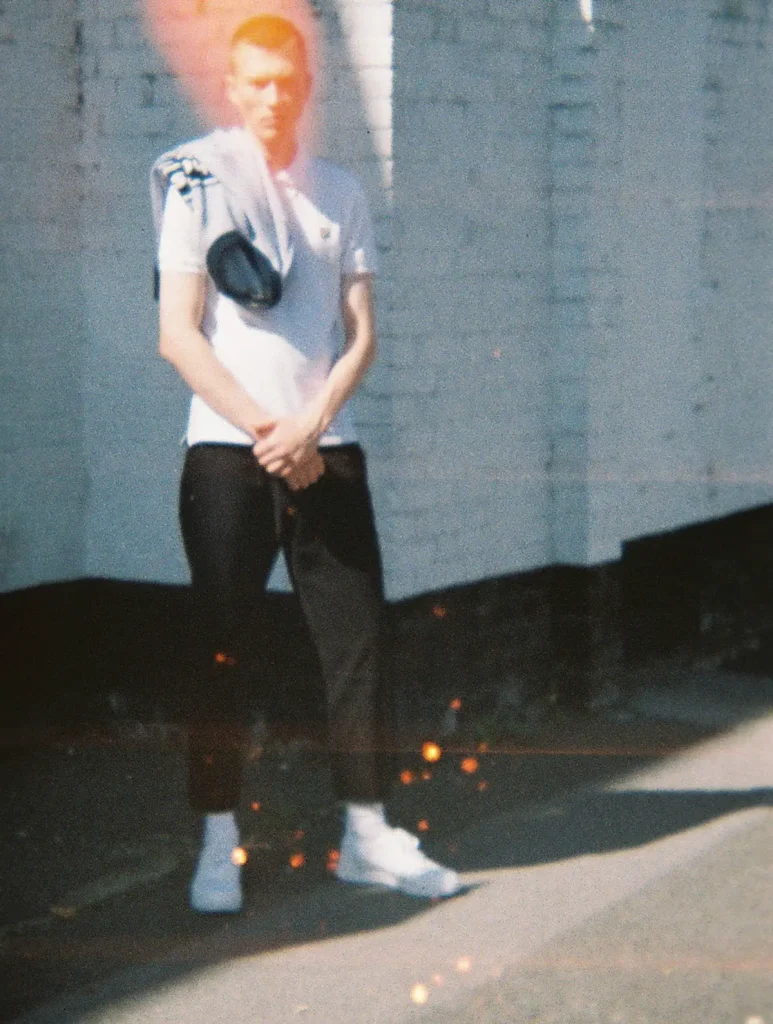
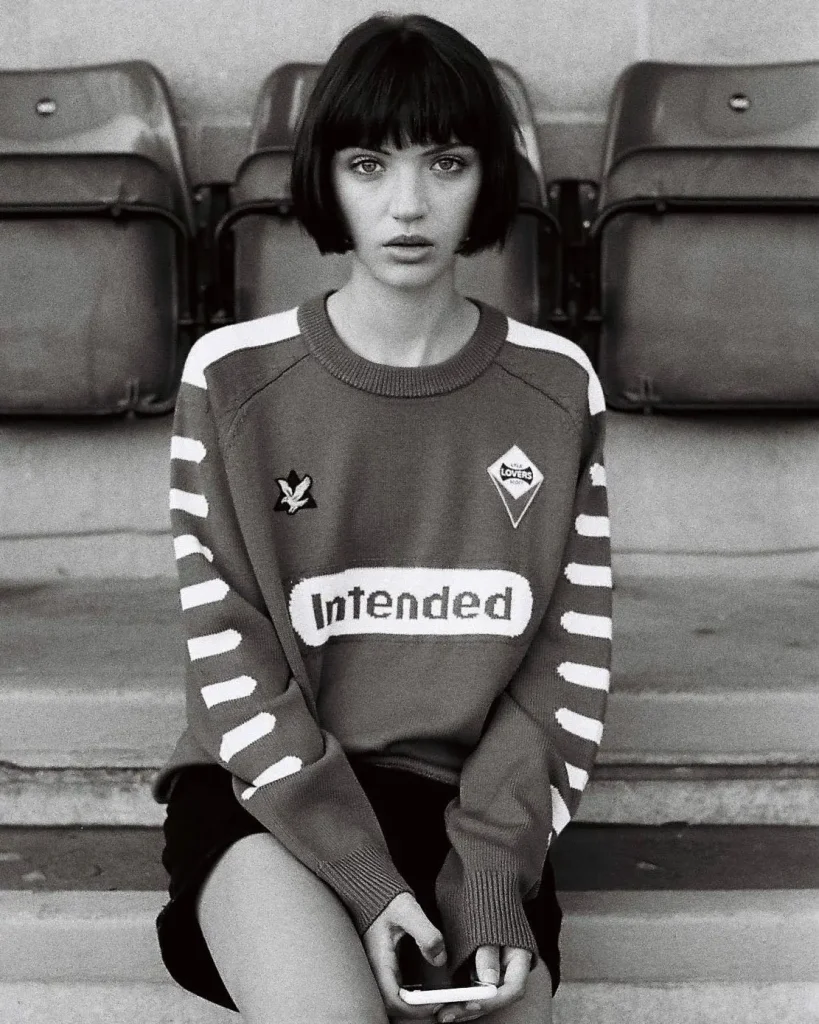
Why I Love to Preach about Analog to Any Client Who Will Listen
I’ve shot digitally for clients for many years but I’ve rarely found a soul or a genuine love for my digital photography. To combat this feeling I’m forever drawn to character, imperfection and grain—making digital imagery more analog in look. I ask myself why this is but I can’t always put my finger on it—analog imagery somehow feels more connected to the world we live in. With digital photography I tend to tinker around simply because I can, often disappearing down a tunnel of post-production and still not be 100% satisfied at the end of it.
The analog process is so much more challenging but rewarding when you get it right and I spend so little time in comparison in post-production it comes together at what feels like lightning speed. It seems obvious when I say it but even in 2020 working digitally verses with rolls of film, film has organic substance—it’s supercharged with life and character and digital is just digital no matter how hard I try to bend it into something else. Analog looking digital imagery will always be just an imposter to the real thing! I know this is a post on an analog photography blog so I’m preaching to the converted but the beauty of analog photography is a key influence to many digital commercial lifestyle photographers today. This copycat world we have created through filters and plugins is okay but I’ve learnt with time to be honest with my own feelings about photography and the truth is analog will always offer the viewer so much more. So in today’s busy market place I will try and stand out from a number of these photographers by preaching loudly and passionately to any commercial client who will listen about the benefits of analog photography.
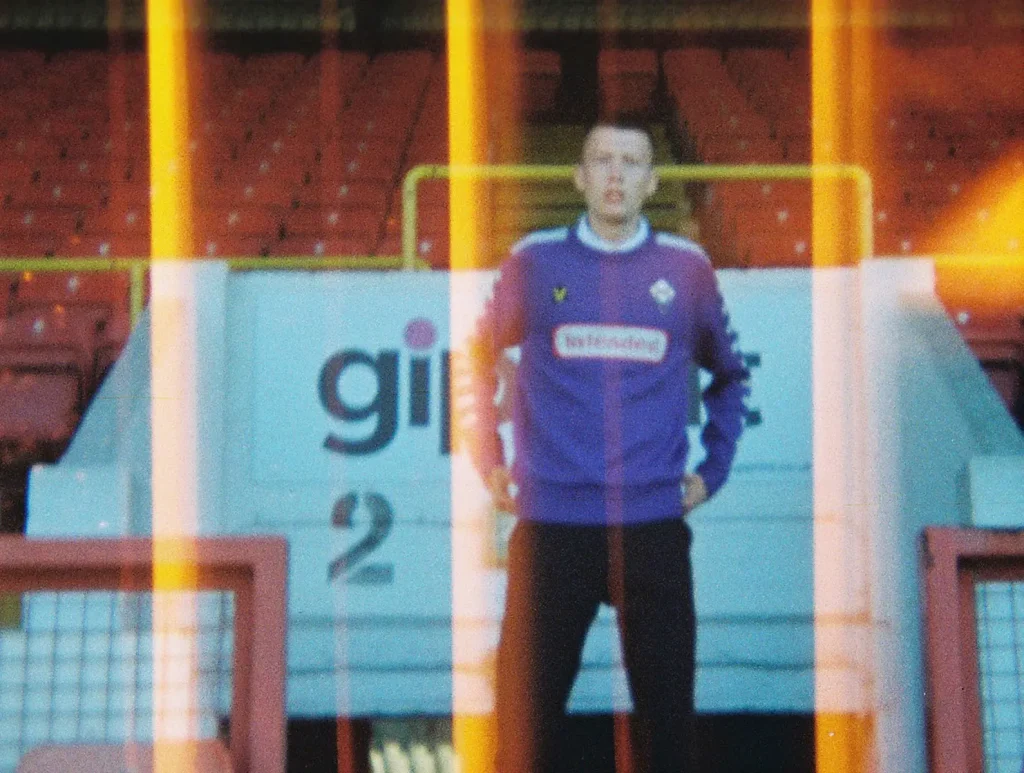
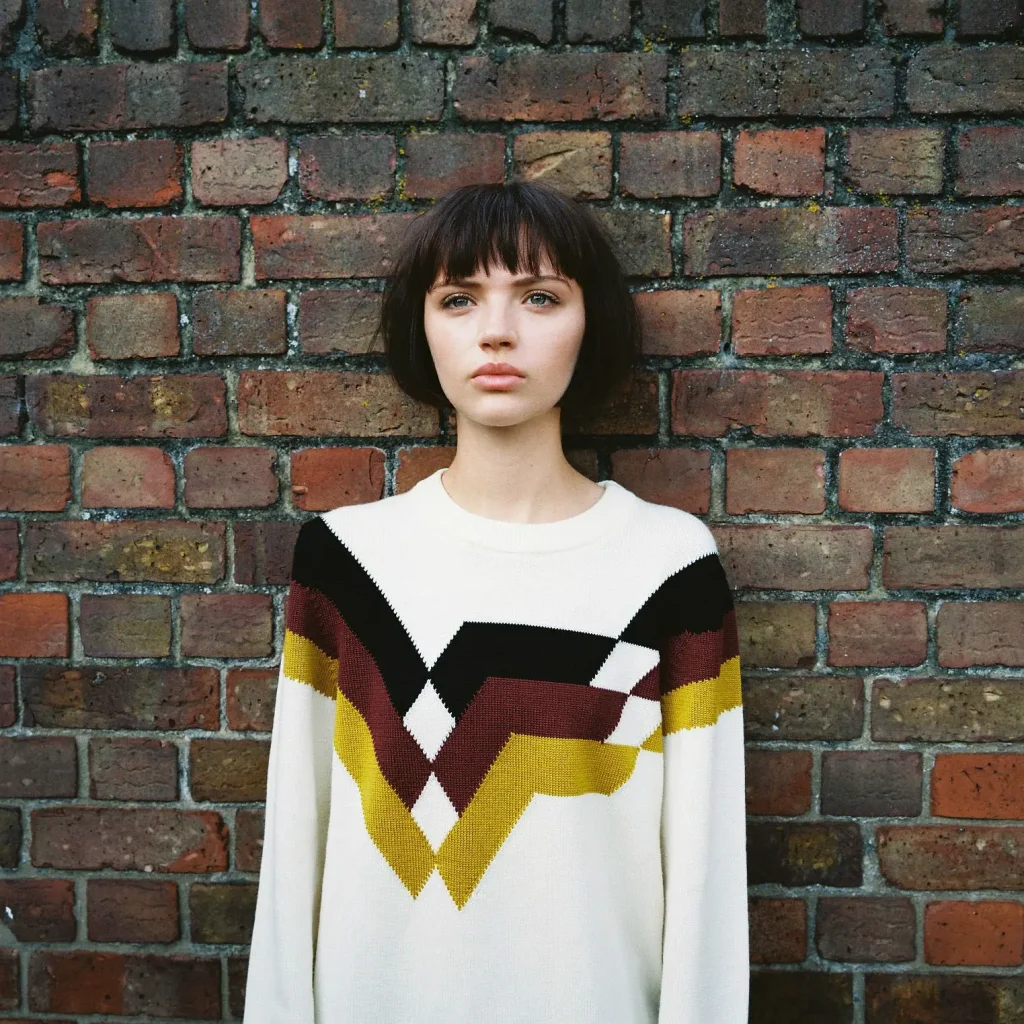
The Bigger Nostalgia Story
As a commercial lifestyle photographer I’ve often felt that the love of analog photography must remain separate from commissions for practical reasons but in 2020, in a crowded marketplace full of very talented photographers, I’ve been looking at uniqueness and what analog shooting could do to help with my own style and creative development—whilst gleefully riding the analog renaissance wave.
What I find fascinating, and it cannot be ignored, is that analog photography is a small part of a much bigger nostalgia story. The bigger story of why as humans we love to connect with imperfection and that new is not always better. Our society is fascinated with history. We love to constantly reinvent the world through our nostalgic sense of self. For our homes we often seek out Victorian or Georgian properties, not new builds—for some reason, we love to pay a heavy premium for damp and creaky floorboards. Vinyl records have outlasted C.Ds and other music formats for their character and charm—I always hated my lame collection of skipping CD’s with cracked covers anyway. Childhood nostalgia, in particular, plays a big part and often evokes some of our strongest connections to technology from the past. As time passes and the next generation influences mainstream culture its no surprise to now see the nineties revival of the ‘VHS look’ and other lo-fi filters plastered all over Instagram stories today. These are just a few examples of how society feels more at ease embracing the past, we feel a soul, a history and all of the beauty. This nostalgia is a constant comfort, not just to me but millions of others, its past on generation to generation and is deeply rooted in our atheistic and defines our taste.
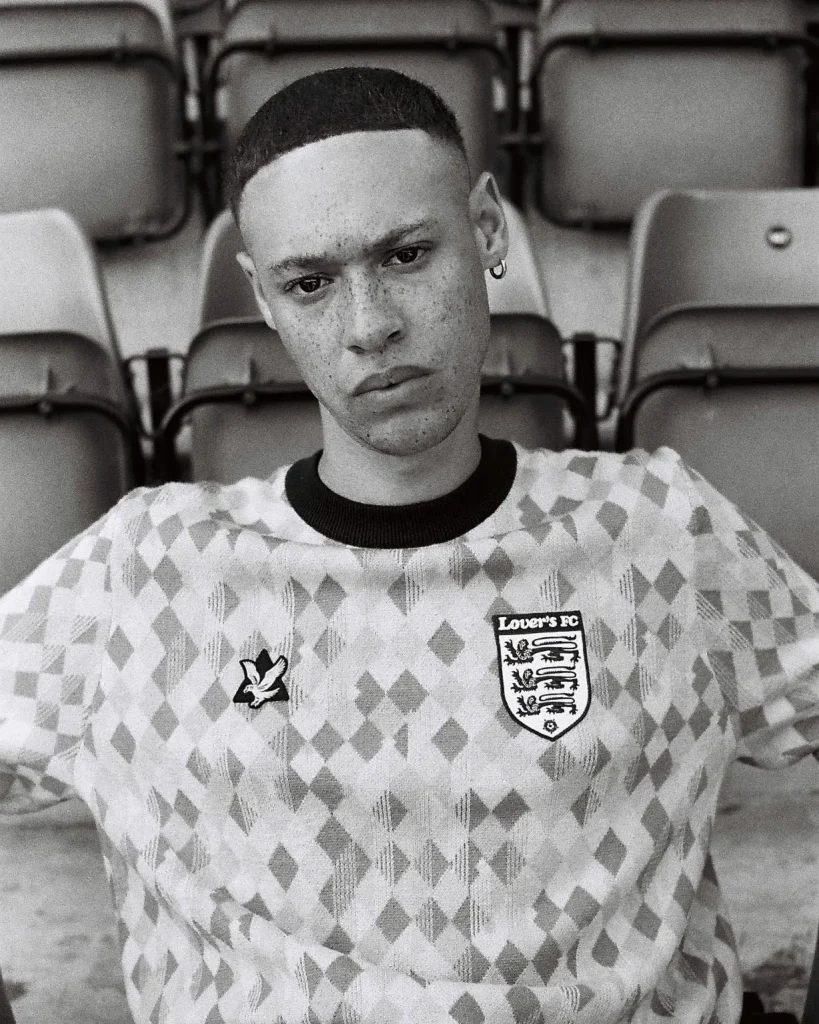
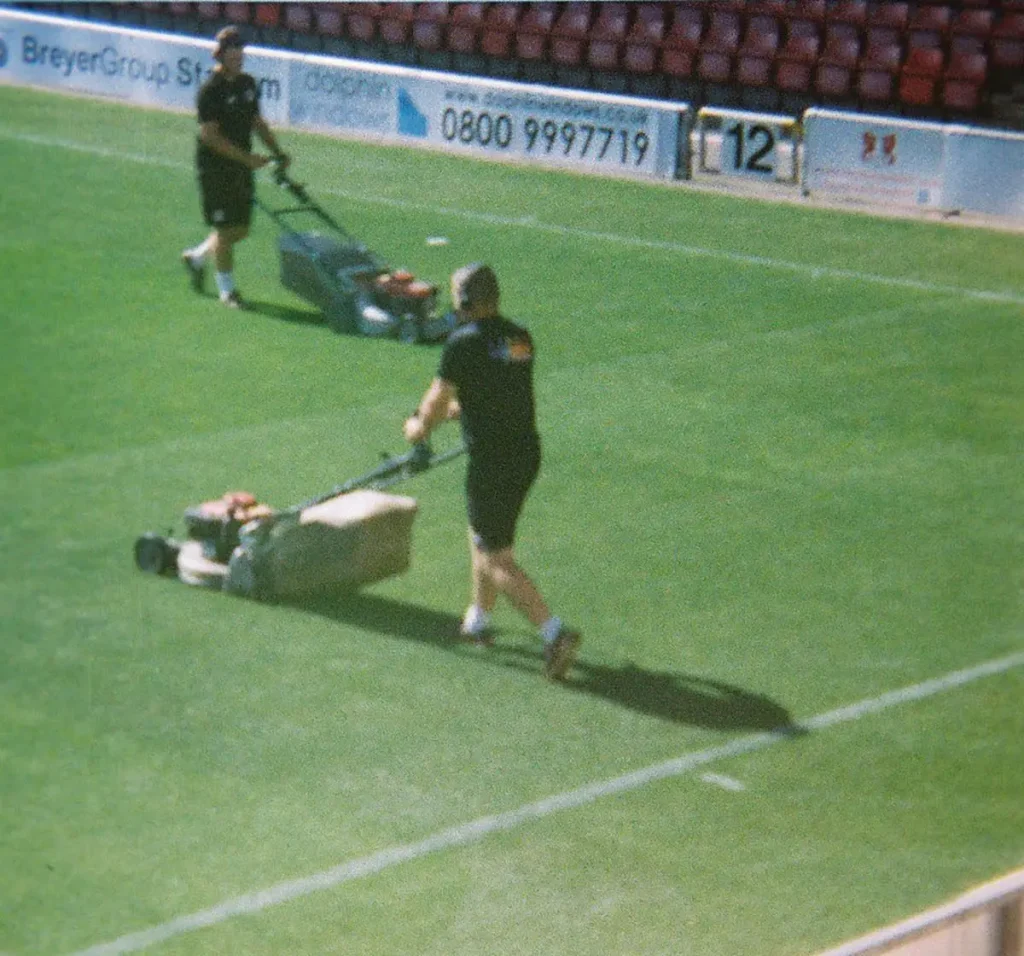
The Rise of Generation Z
This brings me to the point that I wanted to make about the direction of the creative industry. The wider commissioning creative community is not excluded from these same feelings and emotions. The desire for deeper and more authentic connections are beginning to surface as the next generation work their way up the creative agency hierarchy and/or by disrupting the market place altogether and striking out on their own from a much earlier age. Generation Z are claiming a strong foothold and influence in the creative thinking and trends of agency output while in parallel big brands are now looking to Gen Z as a more dominant force to focus their marketing spend on.
Generation Z are the group now in the driving seat for the next decade. They don’t take any marketing shit, they see easily through all the fluff and marketing jargon we’re all used to consuming. They’re constantly seeking out the truth, less bullshit with more authentic connections—for the future of the commercial world this can only be a good thing. As the Gen Z influence gains pace great commercial lifestyle photography today is less about the polish and more about capturing moments with a credible range of emotions—for a great campaign you just can’t get away with plonking two models down in a location and asking them to smile, Gen Z just doesn’t buy it anymore, they know its fake. Great campaign work needs to be more thoughtful, complex and truthful and that takes real effort. These truth-seekers are constantly searching for better content but they also want to feel a more honest connection to the creation process as well. Gen Z are more connected to analog photography for several reasons but an organic and more honest process is part of the mindset and values that this age group is now championing. Exciting times.
Now that I’ve hopefully set the scene with dull agency talk and Gen Z ramblings I hope my following insight feels a little more credible, even though I have nothing of true substance to back it up with.
So here goes…
I’m starting to believe that Generation Z’s desire for truth and all things authentic will give birth to a much larger renaissance of analog shooting in the commercial world.
I could be completely wrong. It’s just a hunch based on murmurs, idle conversation and a few case studies. The tide feels like it is slowly changing and it feels good thinking about the new possibilities all the same. If it does happen I want to be front and centre with a solid portfolio base of commercial analog shooting to back it up. Perhaps Gen Z will no longer want the filter they will want the real deal. Or am I just an old romantic, if you look towards Hollywood and the film industry, mainstream directors like Quentin Tarantino and Christopher Nolan among a host of others would probably argue along similar lines. If you can master analog it sets you apart from the crowd.
If my hunch is right then by promoting and championing analog photography in the commercial world I can be true to my feelings about photography, stay in touch with Gen Z and develop a more unique style and workflow. I mentioned at the beginning I have had some success and some failures in this new quest for commercial analog shooting already. The next part of the post elaborates on how for one client I talked analog photography and they actually listened! Working with Lyle and Scott was a clear step in the right direction. It’s the best example to date of how the true texture of analog shooting can breath creative life back into commercial photography.

A Nineties Football Collaboration with Neal Heard
Analog shooting in the fashion and art world is the norm but for most mainstream clients it’s a leap too far, which is totally understandable in the fast and reliable digital age. Any commercial photography brief is about your relationship with your client and a level of trust. In the beginning with Lyle and Scott my work initially caught their eye as a lifestyle photographer rather than a fashion photographer—the brand was looking to build more narrative and storytelling into their campaign photography. My first campaign drew heavily on this philosophy of narrative-driven lifestyle photography. It was a great success. We struck up a good relationship and after each campaign, we improved our methods together and more trust was gained. After about three shoots together L&S came to me with a nineties football nostalgia brief, a collaboration with the fashion designer Neal Heard. I started to think this might be a great brief to shoot on film. Neal Heard and L&S teamed up to produce a range of limited edition football jumpers inspired by nineties football kits, the brief was a simple fashion story to promote the clothes but with a nostalgic nineties feel. The mood boards assembled for the brief included lots of analog images from the nineties, gritty shots of fans travelling to stadiums on trains, various teams and fans, some well-polished images and others taken on Instamatic cameras. My jaw hit the flaw! This job was crying out to be shot on film.
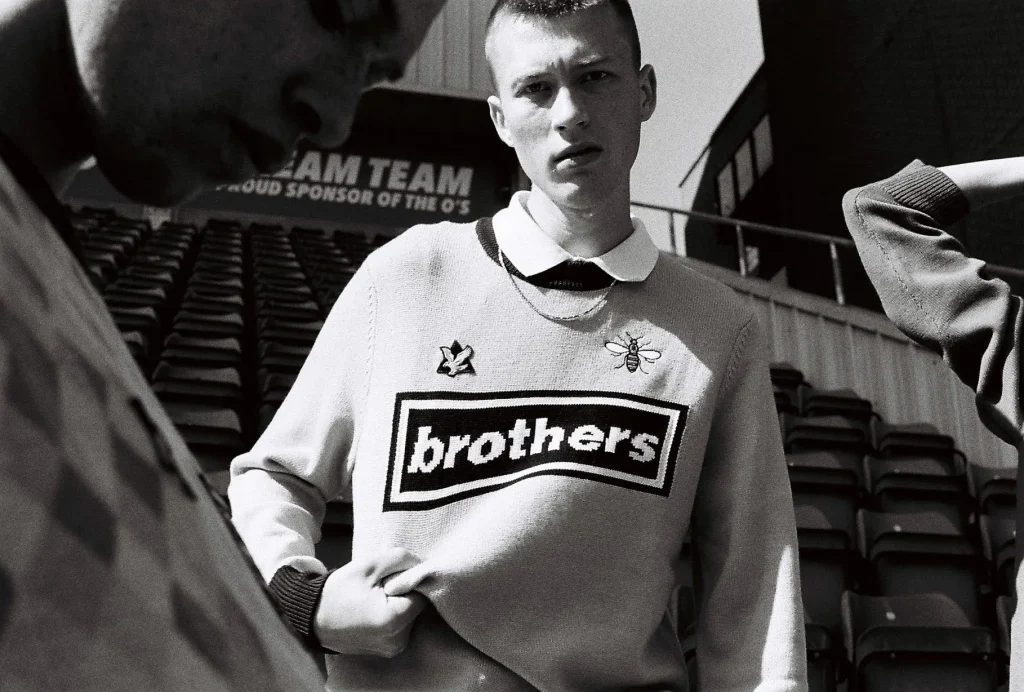
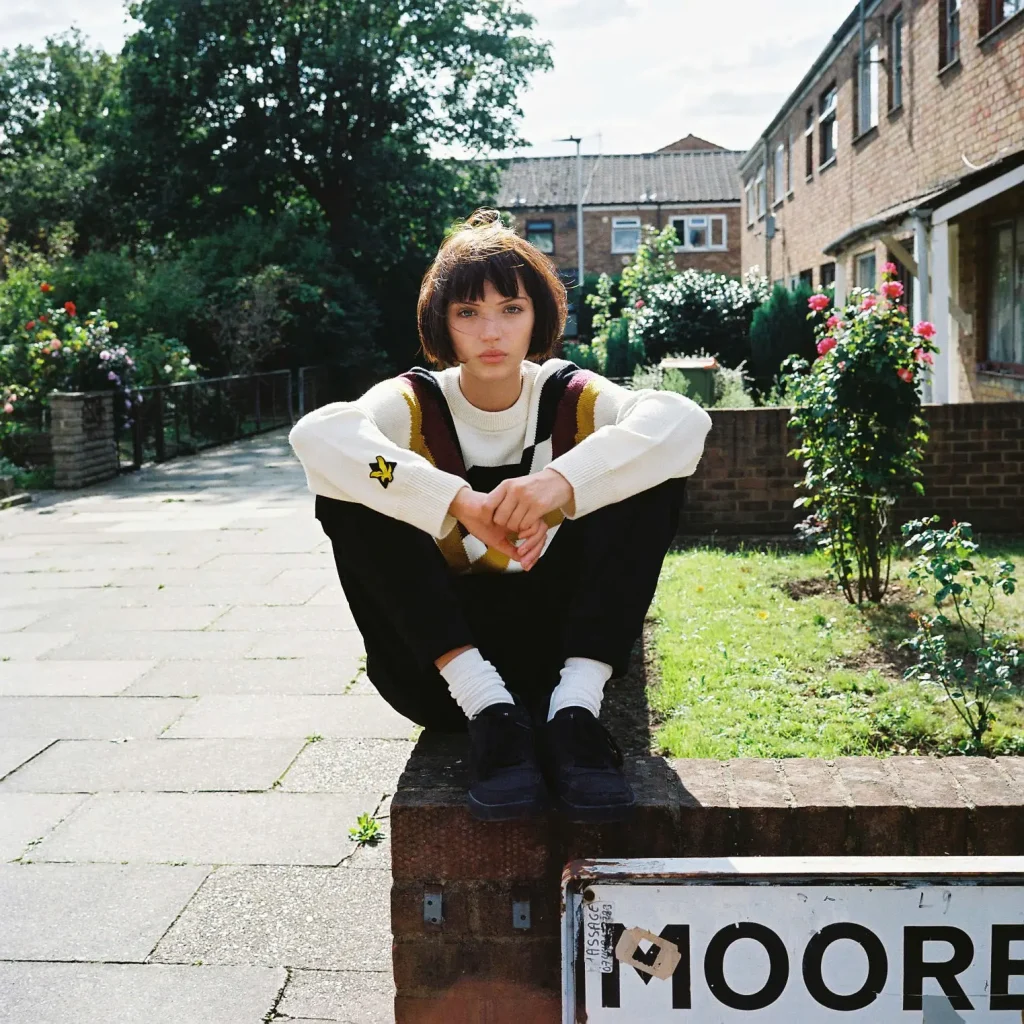
Analog Shooting for Lyle and Scott
Due to the success of the previous campaigns and a great relationship with the client, Ben, I was able to talk openly about the good and the bad aspects of the previous shoots. One thing not surprising to learn, from the early jobs was the vast amount of files shot that never saw the light of day. A large drive filled with digital stuff that will never be used—the commercial photography norm. As the trust with client and I had grown over the campaigns we talked a lot about cutting out wasted time from the day, he was always decisive and able to say confidently in minutes if we had the shot or not. He mentioned if we had a quicker way to review images on set we could speed things up. This would allow time to experiment with other ideas and space for more creativity. This felt like a great moment in the conversation to discuss the mood boards and to push analog photography—so for the upcoming shoot I gave Ben my new analog sales pitch. He listened with great interest and we talked a lot about the texture of various images from the mood boards and the nineties look and feel, he got the need to shoot analog for sure. He was certainly enthusiastic but wanted to know more about the practicalities and deliverables of a commercial shoot. My pitch ended with my ideas to change the workflow and a shuffling around of the budget.
I suggested the following changes:-
• Lose a team member—I usually work with one camera assistant and a digital assistant. Losing the digital assistant running large backups on multiple drives and switch to one assistant running with cases of cards to hold raw data. In principle working more like how a wedding photographer might work.
• Basic client review—low res jpegs swiftly transferred to an iPad for the client to approve on location.
• Costs savings from the smaller team then used for film and processing.
I can already sense that some commercial photographers might be having kittens at the prospect of a job living only on a card for a shoot day but my rationale was always that the negatives we would take should hold the actual job. The digital was just a backup. Ben was happy with the suggestion and really intrigued to see how the analog work would turn out, so was I.
This great client relationship was turning out to be the perfect space from which to shoot analog photography. I was particularly interested in shooting different formats and film stocks to add texture and create a scrapbook style to the body of work. This kept inline with the mood boards the client had produced. Lots of fun shots embracing light leaks, lens flares, soft-focus, large grain and black and white. This additional texture can, of course, be created digitally but takes time and effort—the client and I both knew it would look a whole lot better on neg. The brief just seemed to be a perfect fit for an analog shoot and with a willing and decisive client the stars aligned and the new approach signed off for the job. It was actually happening.
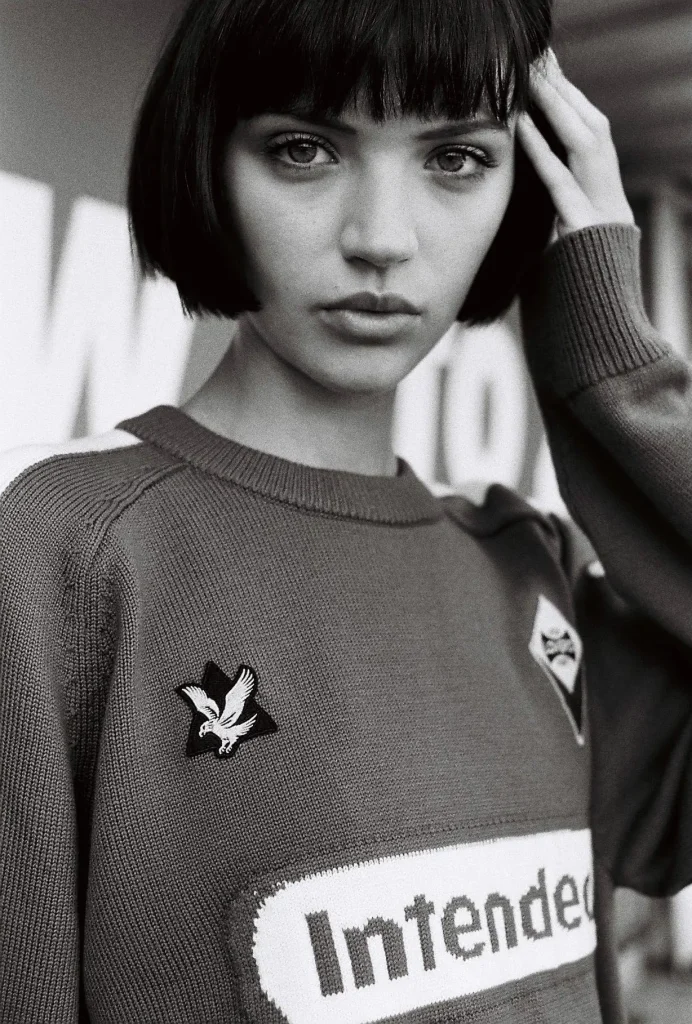
Lovers FC at Leyton FC
Preproduction was fast, the shoot was organised at lighting speed and we were ready to shoot in the football off-season. Kindly Leyton FC agreed to their stadium to be the main shoot location. As with any other commercial shoot, on the shoot day my team assembled early at the ground, we ran through kit checks. L&S chose three models for the shoot and provided the knitwear—the models went through hair makeup and styling and we were all ready to go.
The shoot narrative was a simple one—three fans and their journey from the train station to the football ground. We all got stuck in straight away and the new digital/analog workflow worked brilliantly. First of all, I shot for ten minutes on a Nikon 810 and 50mm 1.4D lens. I prefer the older lenses for the way they render depth, texture and micro-contrast. The D lenses have flaws but have a character that modern glass just doesn’t have—they’re the best lenses I’ve found for digital shooting on an SLR that I can live with. My assistant loaded SD card jpegs to an iPad pro and the client approved the work within minutes as he said he would. For every scene, we worked the same way—within ten to fifteen minutes of shooting the client was always happy with the digital work, giving me free rein to shoot the scene in a similar way on film. What joy!
Next up I would shoot a few considered portraits to ensure the product and models looked good, establish context and the environment we were working in. I was working with Lomo 400 120 film loaded in a Mamiya 6 with the 50 and 75mm lenses, I love this camera and is my all-time favourite camera for so many reasons. I don’t know anyone who has a bad word to say about the Mamiya 6, it’s just a joy to work with and suits my style down to the ground. When I work with the 6 I’m not always a purist and happy to crop the neg in different ways afterwards, sometimes I find cropping in different formats enhances the storytelling, storytelling is always the most important part of my work. Purists will hate this but I don’t see the format —the story comes first. If the frame needs to change after the event that’s okay. I do, however, find 35mm proportionally odd to look at and often find myself re-cropping images to 5 by 4 or 16 by 9 it just feels better.
After working with the 6 I then switch to my Nikon F4 loaded with Fomapan 100 and a Voigtländer 40mm f/2, I love this setup. The Nikon F4 is a beast but such a solid camera with a super big clear view-finder and dials to die for—my favourite ever Nikon camera to date. I pair this with the Voigtlander, as I love 40mm focal length and its hard to find a better 40mm lens for the Nikon. I try to shoot at F8/F11 when I can and the manual focusing on the Voigtlander is super smooth and true. I’m not looking for beautiful Bokeh it’s not such a critical factor for me as a low f-stop romanticises the world a bit too much for my liking. I like to photograph the world as we see it with the human eye and I want to show beauty as it is rather than enhancing it with a strong Bokeh—everyone has an opinion about Bokeh and that’s okay! Using the Nikon F4 and the flexibility of 35mm format to shoot more candid and fun moments increasing the edge and attitude—you just can’t beat real analog B/W images.
Finally the last camera for the job a plastic 110 toy camera, no focus or exposure just press a button and see what you get. Working with this camera can be a lottery but it brings such riches as soft focus, grain, imperfection and the often chaotic beauty of toy analog imagery. I used this camera to pick up details of the stadium, other activities like the grounds-men mowing the lawns to counterbalance the main model shots.
It was such a great day working and I loved every minute. A perfect balance of digital and analog. Using the benefit and safety of digital images quickly committed to card without shooting endlessly for the sake of it. Ben, the legend client, working with confidence to sign off the digital work then allowing us to move to the analog work in super-fast time. The day flew by but we got so much done. I shot a lot of different scenes in the grounds, outside the grounds, at a railway station and the streets around Forest Gate all on digital and on three analog camera formats. I had the real flexibility to work quickly and with the confidence that analog photography requires. To be allowed to see a moment shoot it and move on. Nothing slowing you down, the purest photography experience I’ve managed to shoot for a client to date. I had to pinch myself at the end at what had just unfolded. Thanks, Ben!
The shoot wrapped on time and the entire job shot within budget, the film developed and presented to the client alongside the digital assets. Ben loved it all. It just all fell into place—a commercial shoot shot on film. The three analog cameras knocked it out the park— adding texture and personality in abundance. The final results speak for themselves, strong on brief images matching and surpassing the original mood board photography. I was left at the end feeling vindicated and proud—a story for L&S with an added dimension that digital photography just could never replicate.
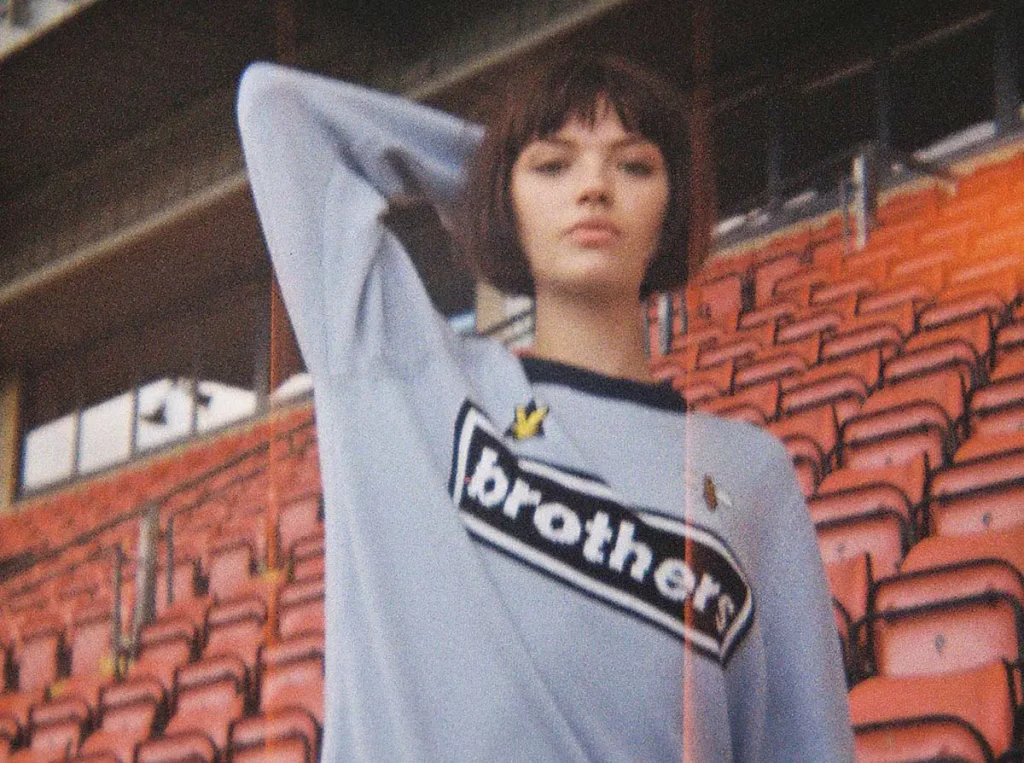
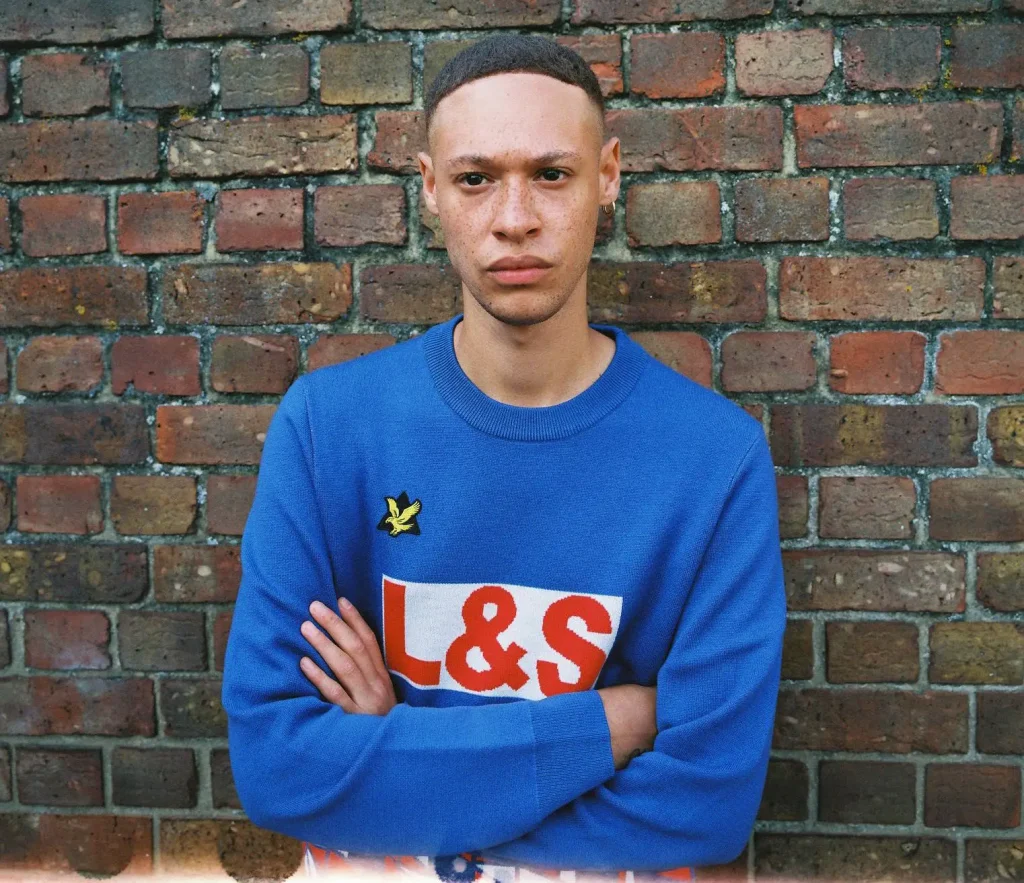
The Final Word
I’m now finally at the end of this post—if you have got this far thanks for taking the time to read it. I feel it’s quite a long post and it’s taken an age to write it during the lockdown period. I’m not a writer, but it’s been refreshing to have the space to think more about my photography and what it means to me in these strange times. I really wanted to share my thoughts and this experience so thank you, Hamish, for the will and interest in posting this article.
The first part of the post is stuffed with heart and soul—my analog love laid out on the page. I’ve crudely blended this with theories and inklings about the larger commercial photography world and given one example of my experience. I hope it’s not just all wishful thinking. I do realise though how connected I am to analog photography and how I’m happy to keep pushing its aesthetic time and time again.
Perhaps an even larger renaissance is coming.
I’m implementing the change—hopefully, others will join in.
It won’t be the lion share of the work but I’d certainly settle for a bigger beast than existed before.
I also mentioned that analog photography never died in the fashion industry. Lyle and Scott is a fashion brand, however, analog photography was never their first choice. I had the will and so did my client—we made it happen and in the future, I really want to work this way a whole lot more.
Written by
Lifestyle Photographer Tim Cole
Share this post:
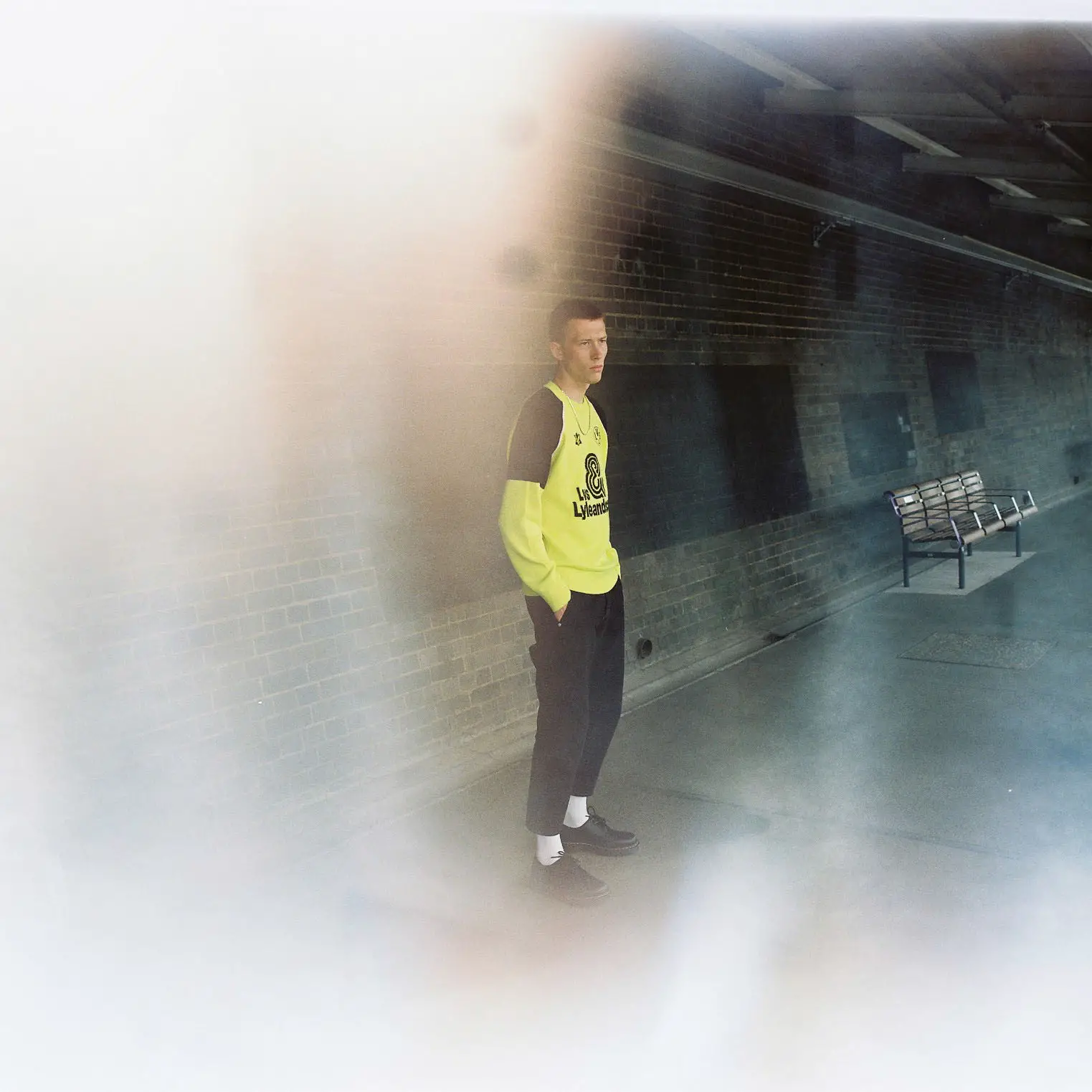








Comments
Andrew B on Searching for Relevant Difference in a Digital Commercial World – By Tim Cole
Comment posted: 31/08/2020
Comment posted: 31/08/2020
D Evan Bedford on Searching for Relevant Difference in a Digital Commercial World – By Tim Cole
Comment posted: 01/09/2020
However, I do have a bad word for the Mamiya 6, since the shutter on mine crapped out in moderately cold weather (my Leice R7 and my Nikon F6 would never do that, even in bitterly cold weather).
Comment posted: 01/09/2020
Khürt Louis Williams on Searching for Relevant Difference in a Digital Commercial World – By Tim Cole
Comment posted: 01/09/2020
u·nique·ness
/yo͞oˈnēknəs/
Learn to pronounce
noun
noun: uniqueness
the quality of being the only one of its kind.
the quality of being particularly remarkable, special, or unusual.
On a planet of 8.2 billion, uniqueness is a unicorn.
Comment posted: 01/09/2020
Thibault d'Auriol on Searching for Relevant Difference in a Digital Commercial World – By Tim Cole
Comment posted: 01/09/2020
Comment posted: 01/09/2020
David Hume on Searching for Relevant Difference in a Digital Commercial World – By Tim Cole
Comment posted: 01/09/2020
Comment posted: 01/09/2020
Stephen J on Searching for Relevant Difference in a Digital Commercial World – By Tim Cole
Comment posted: 01/09/2020
I believe that there is more to life than utility.
Since I were a lad, when utility was at its zenith and beauty a dirty word, the world seemed so simple. If you (or the client) needed a building, a suit of clothes, etc., you told your supplier/provider what you wanted to do with those things. If you were building a house, the important things to the architect, were what you wanted it for, and how cheaply it could be produced. It all made a lot of sense....
... Fast forward thirty or forty years and look at the buildings that emerged from that time, many have been demolished, whilst many are boarded up and covered in graffiti... ironically... great places and themes for practicing analogue photography.
They seemed cheap and useful at the time, but after that, they were redundant. Nobody wants to rattle around in a 1960's office block or Ronan Point style of housing.
Take a trip further back, and we see the buildings that went up, still there, still being used and always beautiful... (see Tim's allusion to Georgian and Victorian houses). People still value these buildings, not for their utility, for which every new user has to adapt, but for their beauty and adornments, that are there to delight, rather than be useful.
Similarly with analogue v digital photography.
The simplicity of the former, where, even if it isn't the case, a photographer can be in control of the whole process, from buying and choosing a sensor (film type), to soaking an exposed film in a bunch of chemicals that he chooses, in order to (hopefully) achieve something beautiful. Admittedly, a lot can be added through the traditional wet printing, but at the desktop darkroom, particularly if the application doesn't try to do too much, similar results can be achieved quickly and efficiently from a digital scan of the negative.
The latter, has handed over almost all of the creative control to the designer of the sensor, in camera processing and the programmer of the application used for further development. No matter what you do, you are subject to the whims of a camera manufacturer's budget and creative ideas.
Analogue creativity goes with beauty, less is more. Unlike the digital workflow, which is all about price rather than quality. Not only that, but we can often see just how something works, we can't see binary and other arcane programming languages.
I note that Tim, uses the word beauty several times in the above piece, and I think that is only natural, as human beings seek out beauty... We try the new, particularly as we don't have creative control over our surroundings, but very often, we tire of it and seek out the beauty in the old ways.
As the author notes, this has happened with recorded music, it is starting to happen in art, where painting is making a comeback, following years of dreary video statements, and it is certainly happening with architecture, perhaps the most important part of the human environment, "facadism", being the most banal iteration of the beauty of design for design sake. It is adaptation that defines the human race, it is usually better to adapt and build on what went before, rather than to destroy and start again completely missing the unsaid in the process.
Stop me, I am rambling......
If I am to sum up in shorthand, the goal of the human is to create beauty by whatever method. The goal of the supplier is utility, and the chickens are coming home to roost, they are being found out, and people are increasingly returning to the former, whatever the cost.
Comment posted: 01/09/2020
Huss on Searching for Relevant Difference in a Digital Commercial World – By Tim Cole
Comment posted: 01/09/2020
You had mentioned you like to shoot f8 - f11, but using Fomopan 100, that had to be difficult in many situations unless you are in direct sunlight.
The F4 is my favourite Nikon too! Like it more than my F6 and the rest.
Comment posted: 01/09/2020
Steve on Searching for Relevant Difference in a Digital Commercial World – By Tim Cole
Comment posted: 02/09/2020
Comment posted: 02/09/2020
Comment posted: 02/09/2020
Comment posted: 02/09/2020
Jamie W on Searching for Relevant Difference in a Digital Commercial World – By Tim Cole
Comment posted: 03/09/2020
Comment posted: 03/09/2020